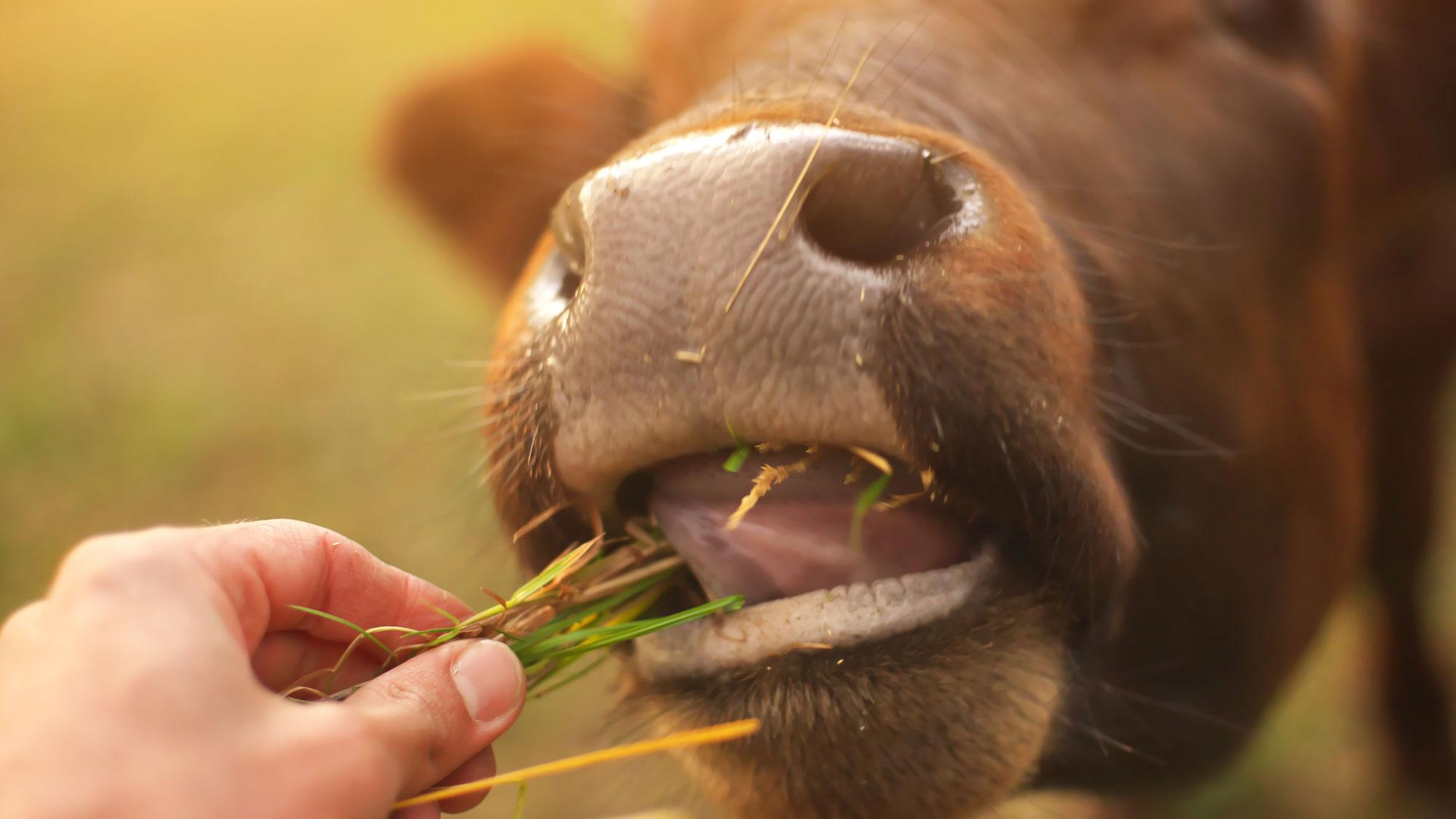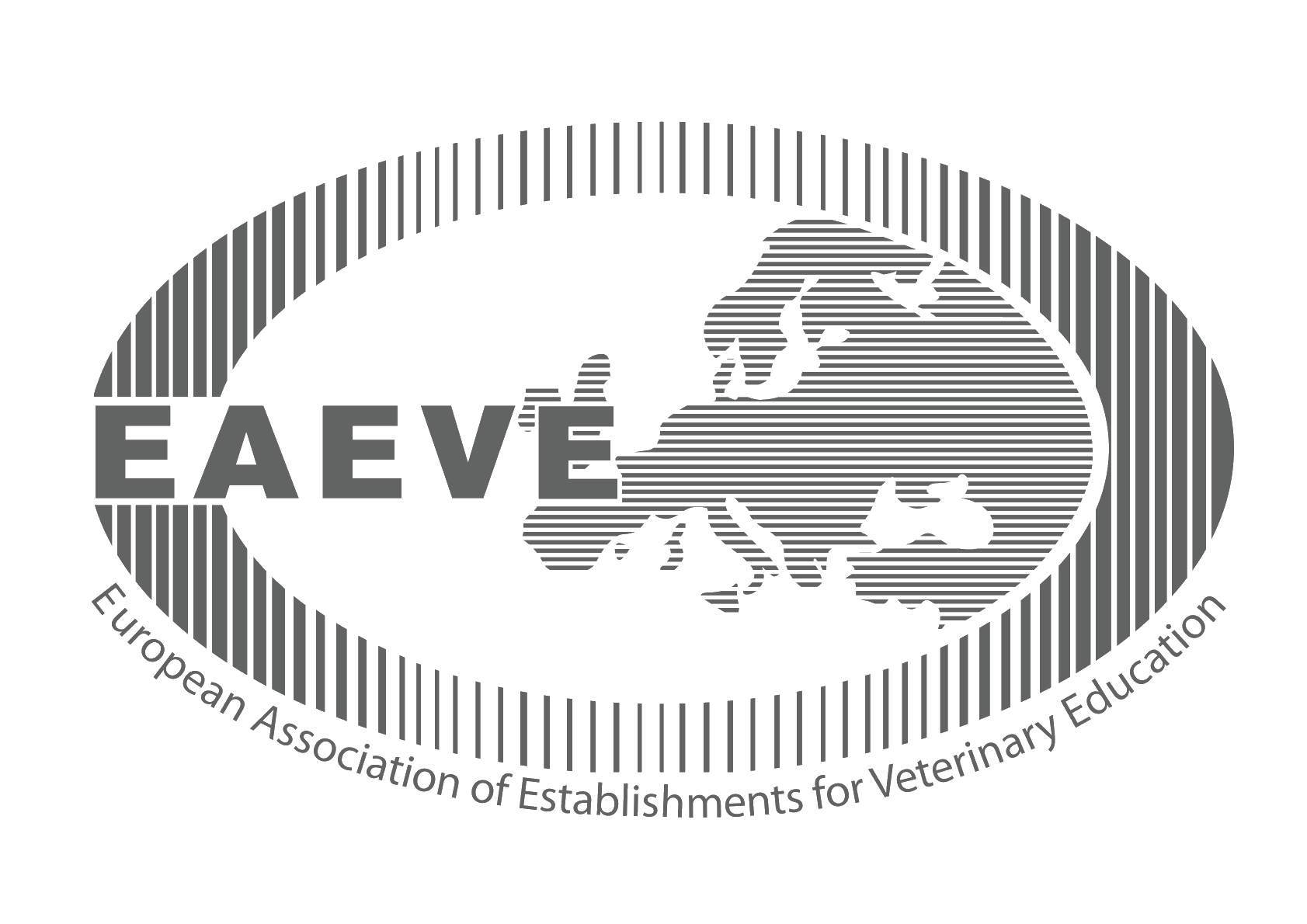P4-0092

Animal Health, the Environment, and Food Safety
Summary
Human health and environmental protection are among the EU's priority objectives. The prerequisite for achieving these goals is the concern for safe food and animal health. Modern animal husbandry, changes in eating habits and the food industry, climate change, globalisation and market demands often have a negative impact on the provision of these factors and services. All this is exacerbated by the dire economic situation in much of Europe. Endemic disease control is difficult, while at the same time diseases are appearing that were not found in Europe in the past. This research programme combines the related strands of Animal Health, Food Safety and the Environment following the concept of ‘ANIMALS AND HUMANS = ONE HEALTH’.
Within the strand of Animal Health, the purpose is to study diseases occurring in domestic and wild animals. Good knowledge of the pathogens is of paramount importance, because only through knowledge can the correct action be taken to mitigate economic damage and prevent the transmission of pathogens from animals to humans. Disease pathogens are developing new ways of spreading and surviving, so developing new diagnostic methods is critical to effectively controlling them. The aim of the research is to introduce new, rapid, holistic approaches and to extend the usefulness of the already introduced modern molecular-epidemiological methods for the identification of new and dangerous pathogens. It will also investigate their pathogenesis with a view to ensuring human health, animal health and welfare, rational use of medicines and reducing economic damage.
By investigating various environmental pollutants and toxins in food, feed and animal tissues, the strand of Animal Health is being improved by those of the Environment and Food Safety. The primary objective from the point of view of providing safe food and feed is to reduce the content of pollutants, residues of veterinary medicinal products and microorganisms that can enter food/feed at all stages of production and which may have adverse effects on human and animal health. In order to better understand the role of mycotoxins in the human and animal food chain and the potential for medicinal and pharmaceutical uses, the research team intends to examine these areas more closely, in particular their mechanisms. In recent years, the number of reported viral diseases in humans has increased, and therefore links to food will be investigated as a possible source of infection, as well as to farmed and domestic animals that may be the primary source of the causative agents.
As part of the Environment, some of the environmental impacts on animal health, welfare and productivity will be examined. Biological matrices will determine the load of various toxins and their metabolites, drugs and other pollutants. There will be an evaluation of the excretion of drugs from the body and the concentration in the environment, the impact of composting on their degradation and the risk to the environment. Environmental and other risk factors for neoplasm development will be identified. In order to achieve sustainable rural development, part of the research will be devoted to the study of grazing conditions. The genetic structure and genetic characterisation of autochthonous Slovenian breeds resulting from genotype-environment interactions will be explained.
Significance
Developing new methods for the detection and characterisation of pathogens will make an important contribution to improving or standardising diagnostic procedures, which is important for improving the comparability of results at an international level. The results can lead to major changes in the attitude to infections of animals with these microbes and to changes in the guidelines for the protection of human health.
Successful completion of the programme will result in Slovenia being among the first countries to have a comprehensive overview of the occurrence and characteristics of strains of certain pathogens in farmed animals and humans. Data on the characteristics of these strains will be important in view of the establishment of international databases on the basis of which strategies for monitoring and investigating outbreaks of zoonotic pathogens in humans are being formulated. Work on the project will thus contribute to the international exchange of knowledge and the promotion of Slovenian science.
In the field of food safety, the contribution to science will be the development of new and optimisation of existing analytical methods for the determination of microorganisms, harmful substances and residues of veterinary medicines in feed, animals, food of animal origin and the environment. Data on the occurrence of microorganisms and other harmful substances in the aforementioned samples in Slovenia and their impact on animal health will have a significant impact on understanding the current state and planning for further research. The results of physiological, pharmacological and toxicological in vitro experiments with some of these substances on isolated preparations of laboratory animals will contribute to the knowledge of their mechanisms of action, and their effects and role in animal health.
By investigating the effects of environmental factors on the emergence and development of diseases, especially neoplasms, in different species - including endangered species - new findings regarding the knowledge of the etiology of disease processes will contribute to the field of environment. By carrying out a risk assessment, the risk factors for the formation and development of diseases will be highlighted, and suggestions will be made for the best solutions for their prevention. The scientific contribution will contribute to knowledge of human, animal and environmental exposure to environmental pollutants (bisphenol A) and their toxicity through an understanding and assessment of health risks, as has been pursued for many years by the European Food Safety Authority (EFSA) within the Panel of Food Contact Materials, Enzymes and Processing Aids (CEF). Research into the mechanisms and effects of the degradation of harmful substances from the biological chain will contribute to the optimal and safe disposal of these substances from the environment.
By studying the genotypes of indigenous breeds that are tailored to the specific environment, new genetic approaches - in particular genomics - will explain the genetic structure and characterisation resulting from genotype-environment interactions. Biodiversity in farmed animals and the environment in which they are fed is an important aspect for both animal health and the quality of livestock products intended for human consumption.
More about the results of the programme group can be found on the Sicris website.
Programme Team
Senior Research Fellow Dr. Matjaž Ocepek, programme group leader
Prof. Dr. Olga Zorman Rojs, deputy
Senior Research Associate Dr. Mateja Pate, deputy
Senior Research Associate Dr. Ivan Toplak, leader in the area of animal health
Senior Research Associate Dr. Tavčar- Kalcher Gabrijela, leader in the area of food safety
Senior Research Fellow Dr. Vesna Cerkvenik Flajs, leader in the area of environment
The veterinarian on duty
Emergency veterinary assistance for dogs and cats and a telephone number of constant readiness.
Library
A wide selection of domestic and foreign professional literature in the field of veterinary medicine and other sciences.
Location
Gerbičeva 60
SI-1000 Ljubljana
Slovenija
Sample Reception
Samples are received at several locations throughout Slovenia. See where.
Main navigation
-
Education
- Informativni dan
- Why to become a veterinarian?
- Undergraduate Studies
- Postgraduate studies
- Pripravništvo
- Summer Schools
- Continuous education
- Professional Development
- International Activity
- Mednarodna dejavnost - Tuji študentje
- The Path to Creative Knowledge
- Tutoring
- Extracurricular Activities
- Career Centres
- Alumni
- Student organizations and societies
- Quality Assurance
- Clinics
- Diagnostics
- Dobrobit
- NVI
- Research
- About us
- Hub




